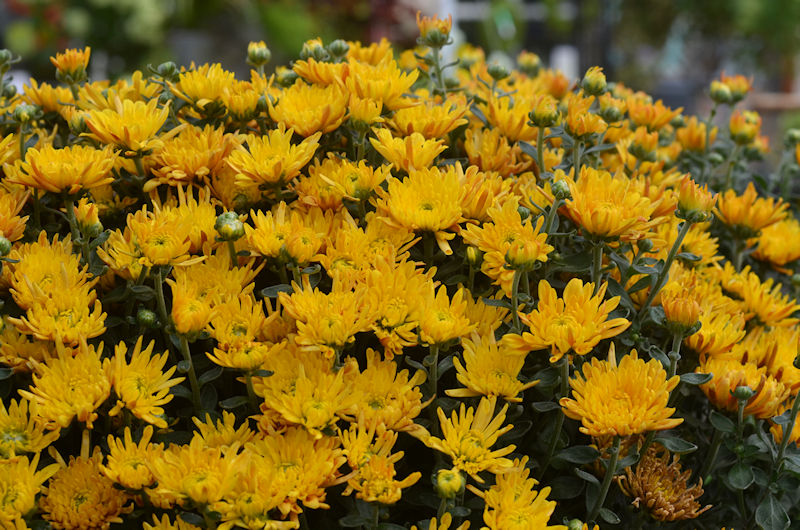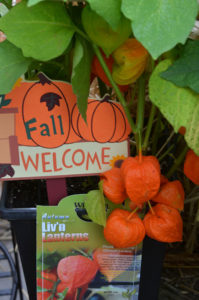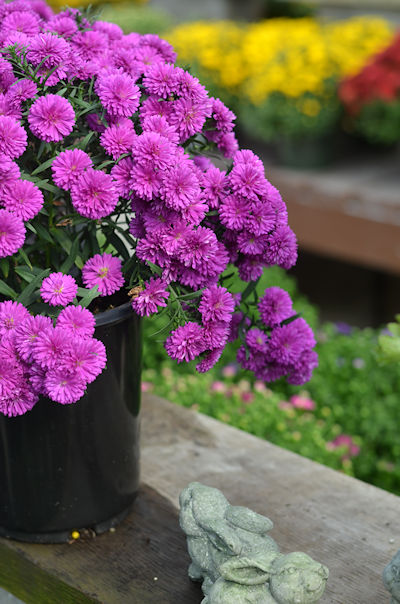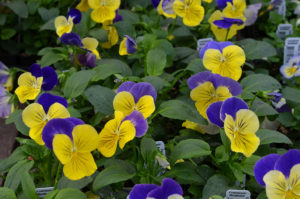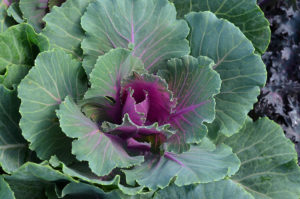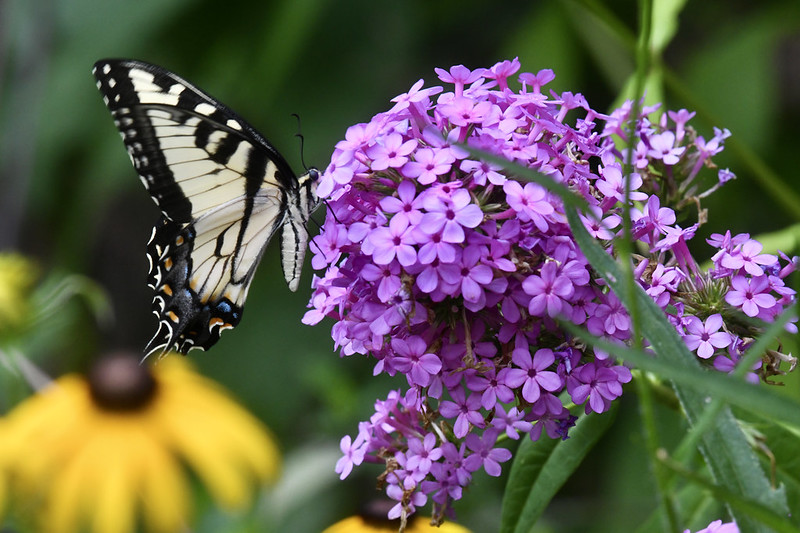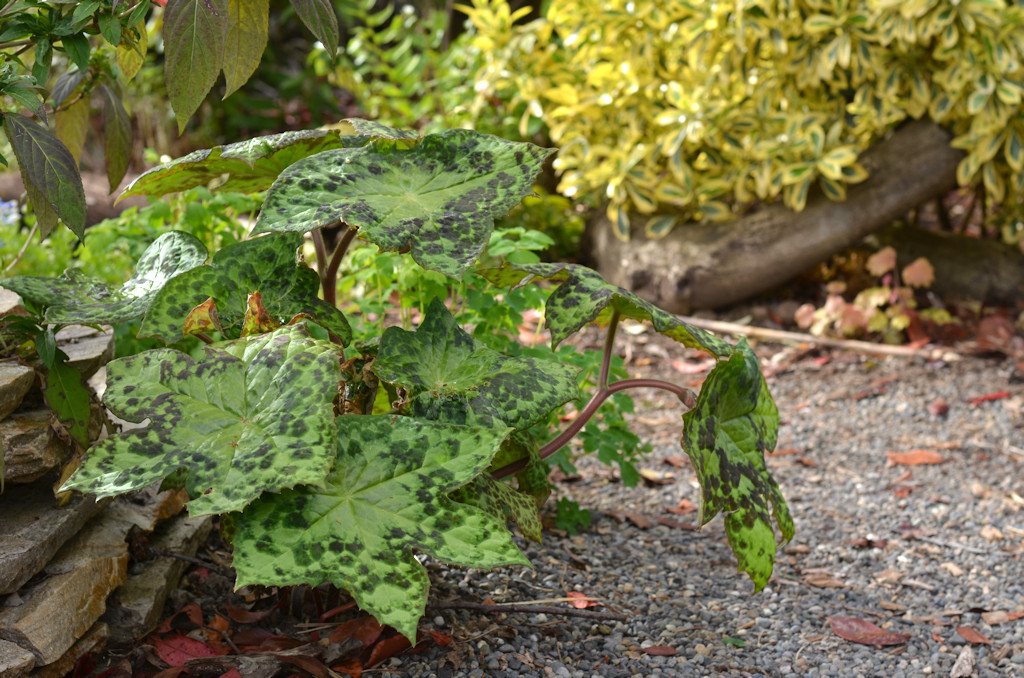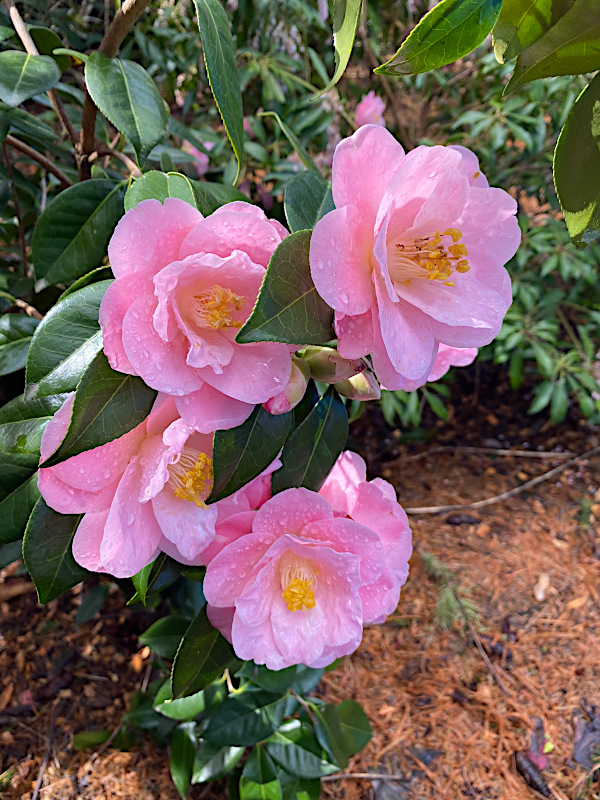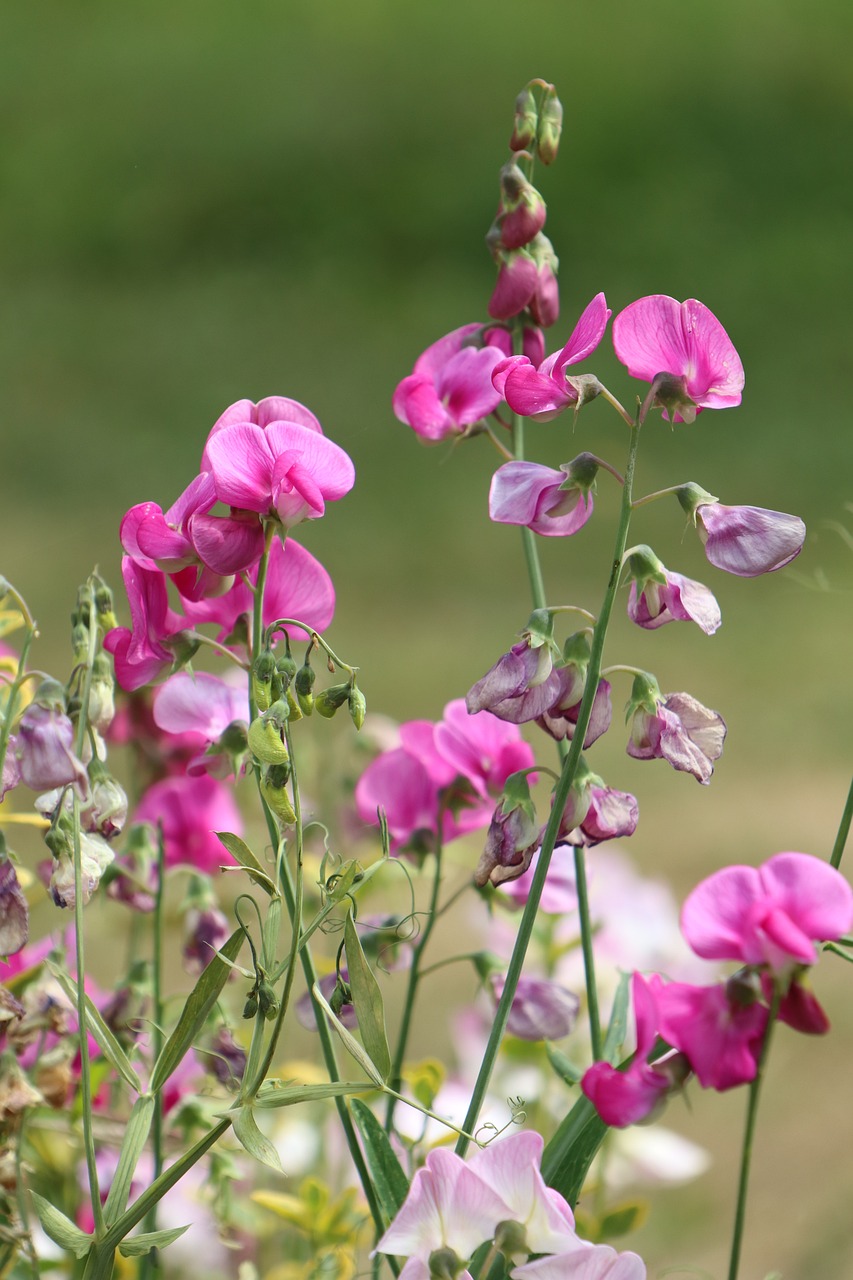Fall is almost here
Fall is less than two weeks away (September 23rd to be exact) and the nursery is filled with plants to help you get ready for the season.
Chinese Lanterns arrived last week and they are a popular item during the autumn season. These plants are best grown in containers because they can be very aggressive in the ground. The can be grown in full sun or partial shade. The main attraction are the bright orange papery pods that can be used for Halloween decorations and dried flower arrangements. The pods resemble traditional Chinese lanterns in both shape and their papery texture.
These plants are very cold hardy and can easily be overwintered. Next spring when new growth begins to appear, fertilize them with a general all-purpose fertilizer and water them regularly. The plants are a bit upright and will grow to about 2 feet tall. The pods will begin to form during the summer and will turn orange beginning in September.
To preserve the flowers, cut off the stems at ground level and hang the stems upside down in a dark, cool place. After two or three weeks, they will be ready to use.
Note: The leaves and pods of the plant are poisonous.
Perhaps the most popular flowers for all containers, asters and chrysanthemums (“mums”) come in a range of colors and provide beauty up until frost.
These are thirsty plants and require a lot of water to keep them looking their best. It is also good to water the plants from below or gently work your nozzle into the interior of the plant when watering. Water on the blooms can cause them to discolor and fade quickly.
When selecting plants, look for ones that have lots of buds that have not opened yet for maximum benefit. Plants can be repotted after you get them home and will react favorably to receiving extra room for the roots to expand. Chrysanthemums are easy to break and should be handled gently.
Pansies are easy to grow and provide lots of color from fall and throughout the winter and spring.
They can be planted either in pots or the ground. If planting in the ground, give them good soil (an addition of compost is recommended) and water them regularly. Fertilizing with a liquid fertilizer every two or three weeks will keep them robust and blooming. Give them a spot in full sun.
Pansies do best in cool weather and they will begin to decline and get leggy when summer temperatures begin to rise.
Pansies perform well in containers and are especially effective when used as a filler among taller plants. Deadhead spent blooms to keep them looking their best.
Trailing varieties (also known as “waterfall pansies”) are effective in containers and hanging baskets. The nursery also has hanging pots already planted with pansies.
Violas (also known as “Johnny Jump-Ups”) have smaller blooms and require the same treatment as pansies. Violas are also delicious in salads!
In addition to pansies, Ornamental Cabbage and Kale is a good choice for a container plant that will last throughout the winter into next spring.
These plants have been bred for colorful leaves. The cabbages have smooth leaves while the kales have fringed or ruffled leaves.
They can be planted in either full sun or partial shade. After the first frost, the color in the plants should dramatically increase. The colder the temperature gets, the more colorful they will be.
Ornamental cabbages and kales look good as edging plants or in mass beds. They are also excellent container plants and look good when combined with pansies, ornamental grasses or evergreen shrubs.

